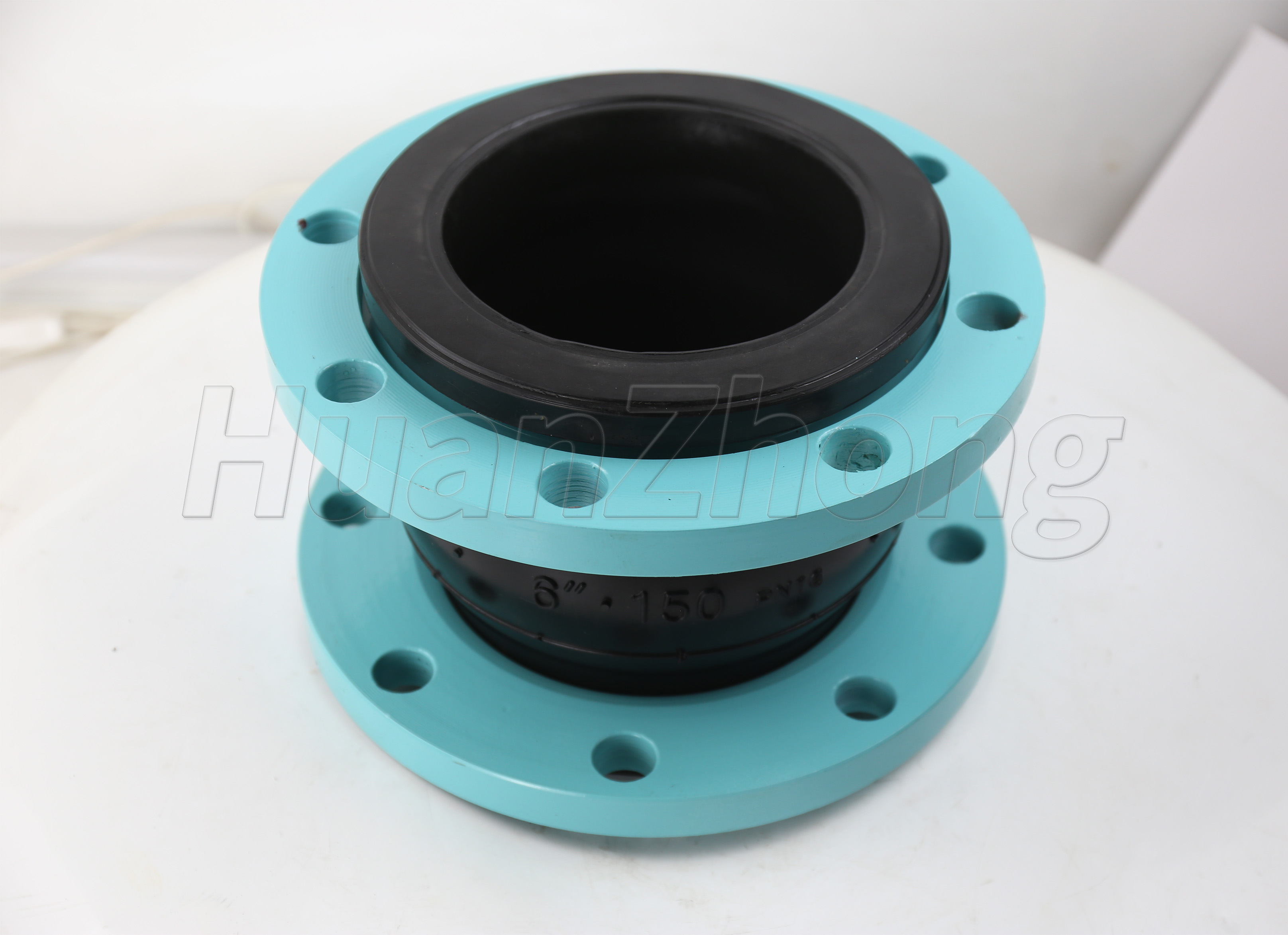What are the differences between the various connection methods of rubber flexible joints
The difference of various connection methods of rubber soft joints. According to the connection method, rubber flexible joints can be divided into flange type connection and clamp type connection. So what are the differences between them.
The flange connection rubber joint has the advantages of high strength, low noise, good fireproof performance, long service life, good bendability and seismic performance of the connection, but the actual project finds that the socket joint part needs more installation space and the pipe body is bulky and consumes more steel, especially in the same layer of drainage is not high enough and difficult to operate.
In addition to the same characteristics of high strength, low noise, good fireproof performance, long service life, good bendability and seismic performance of its connection, the clamp joint rubber soft joint also has the characteristics of synchronous construction, high pipe utilization, easy pipeline clearance, reducing the number of hydraulic tests, shortening the construction period and improving economic efficiency. In addition, the interface of this number is fastened with bolts on the outside, avoiding the defects that the flange of the flexible interface of the socket is easy to touch, and the bolts against the foot of the wall are difficult to fix, with the advantages of easy operation.
In addition, because the pipe straight pipe length is 3m, it greatly reduces the number of intermediate joints and can intercept any length as needed, thus saving a lot of pipe and reducing consumption and cost. The non-bearing pipe clamps are made of ribbed stainless steel clamps and lined with rubber rings for flexible connection, with high seismic performance and good sealing performance, and the rubber flexible joints are allowed to swing within a certain range without leakage.
